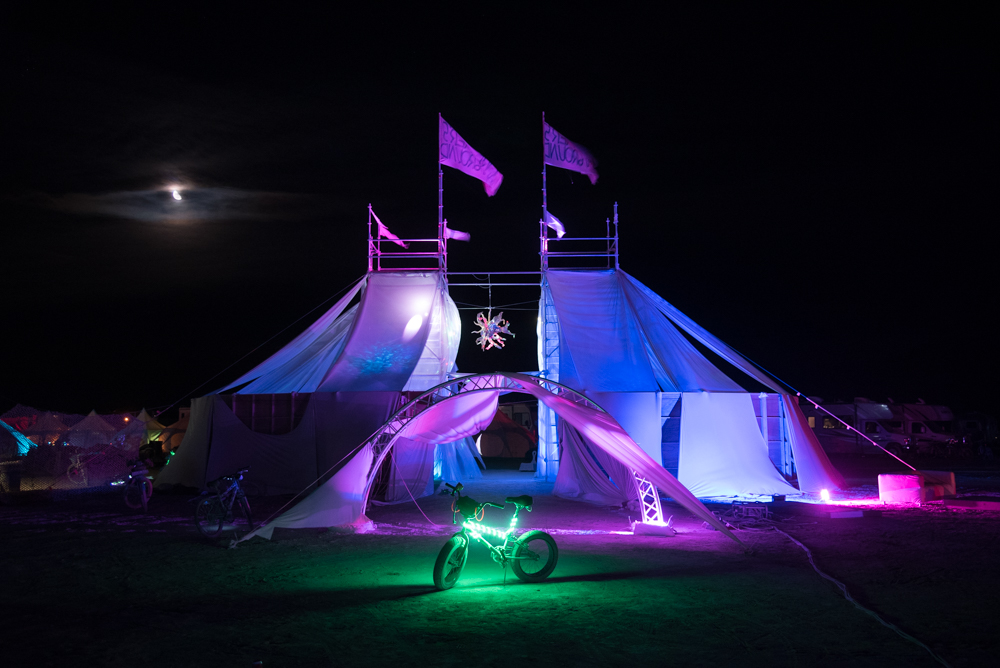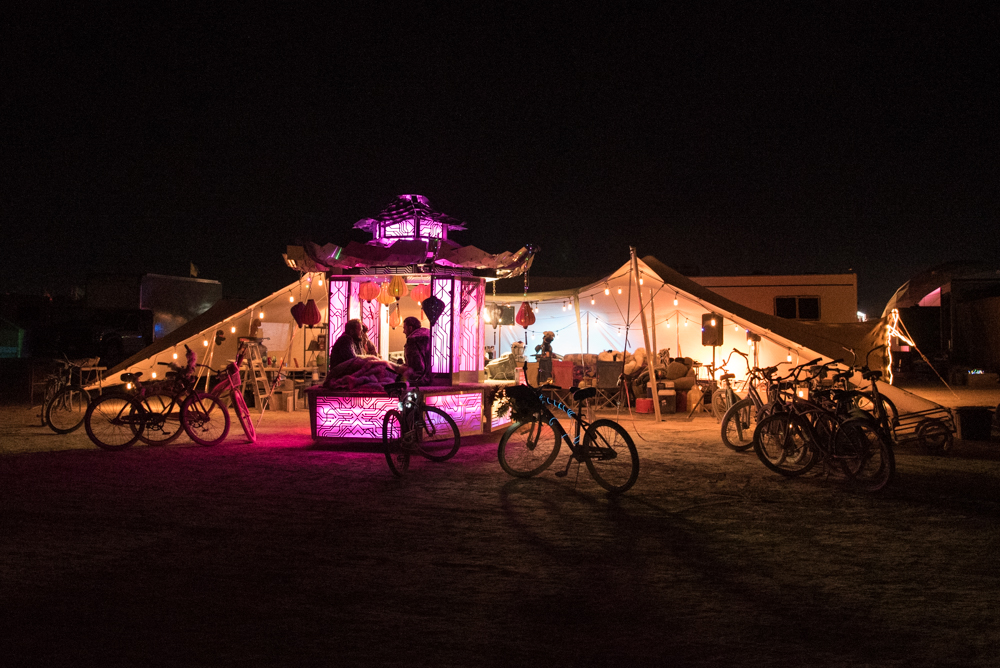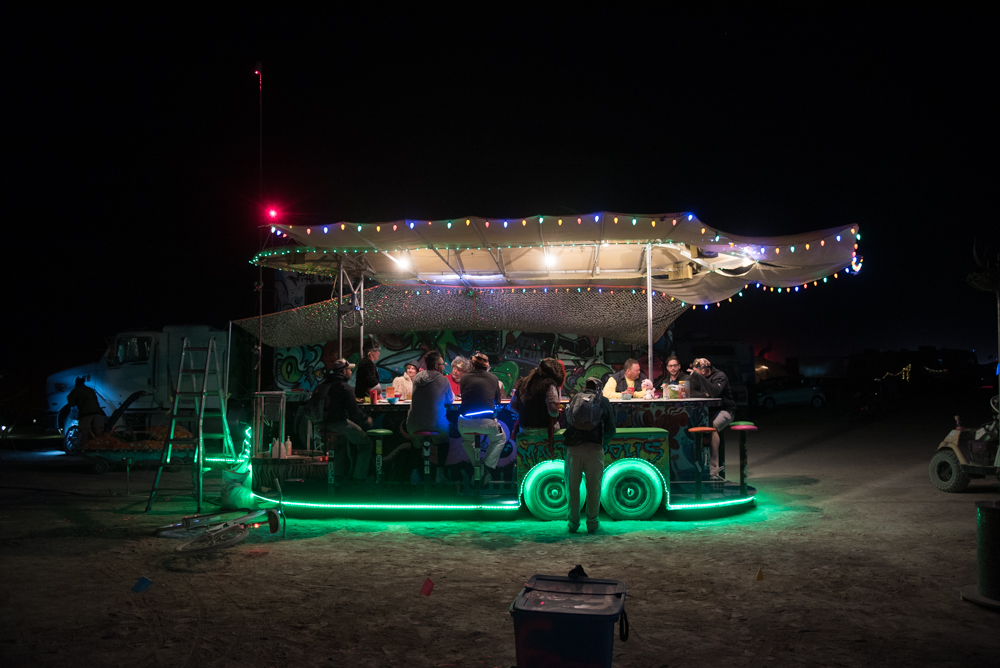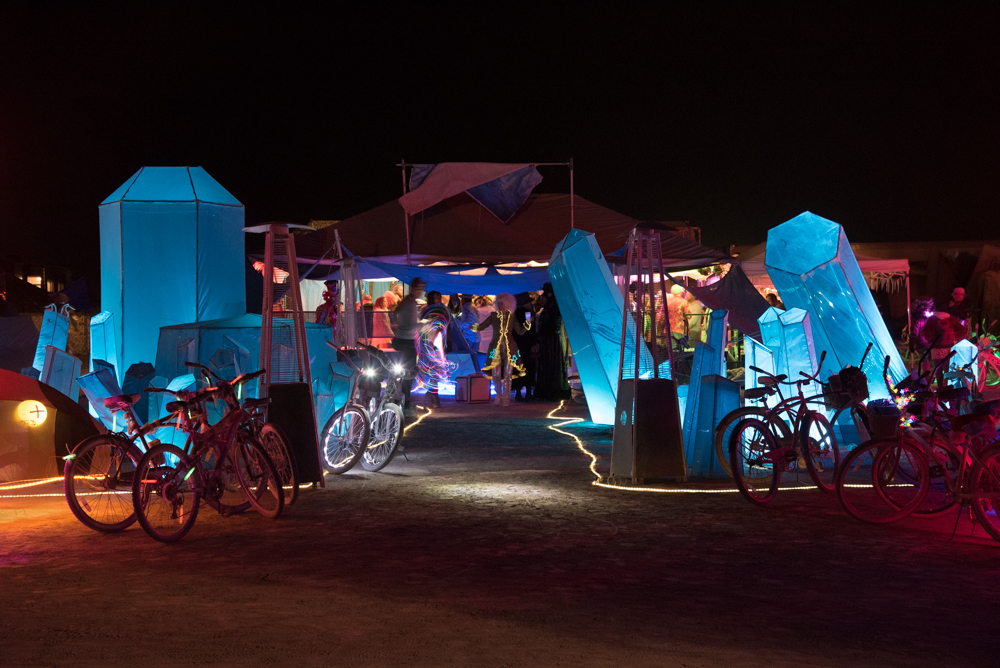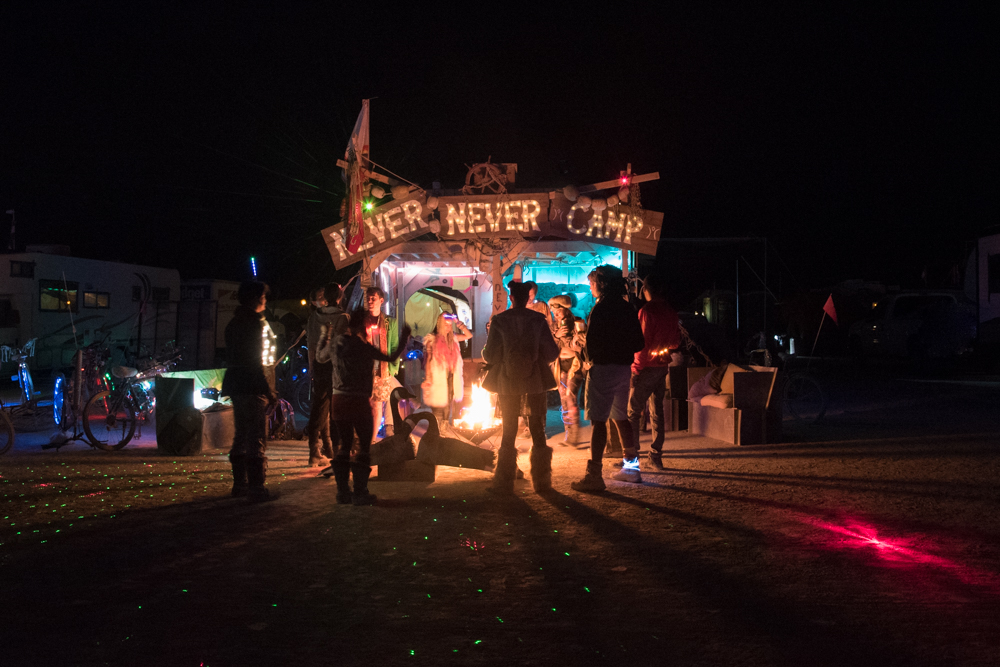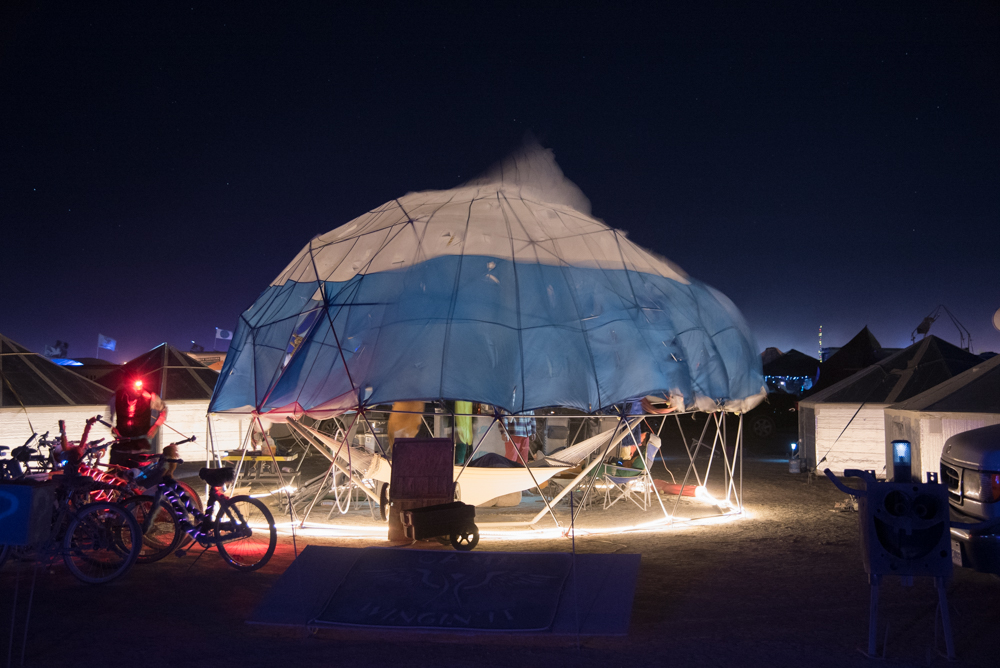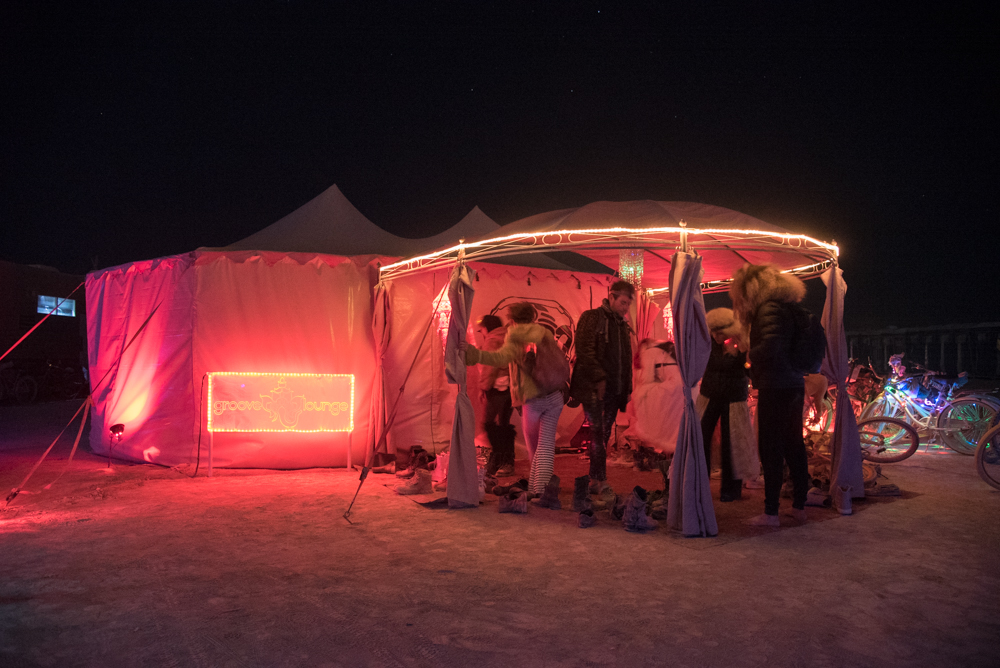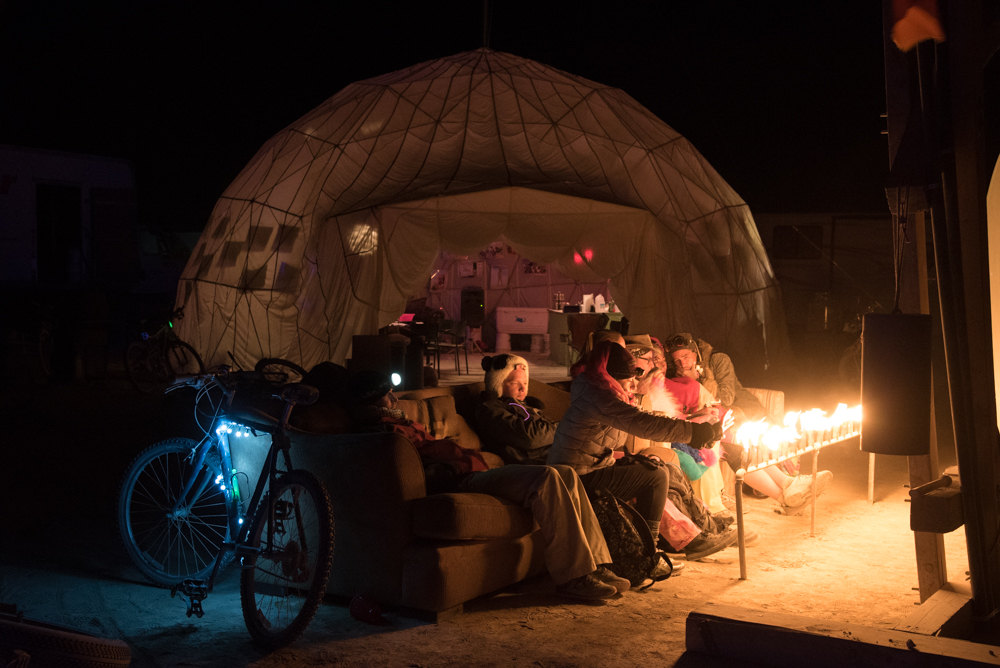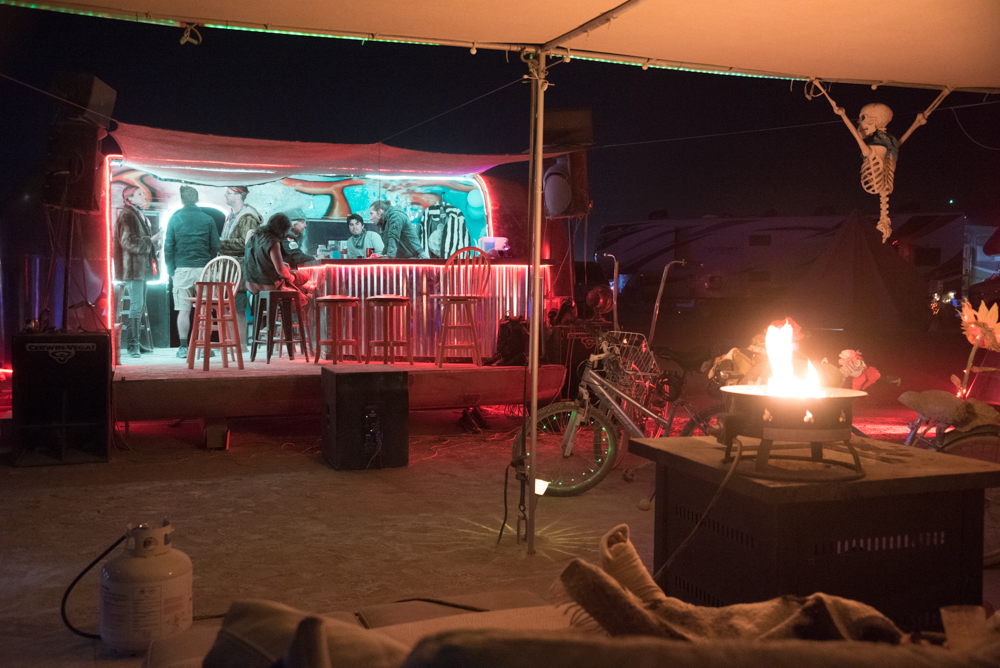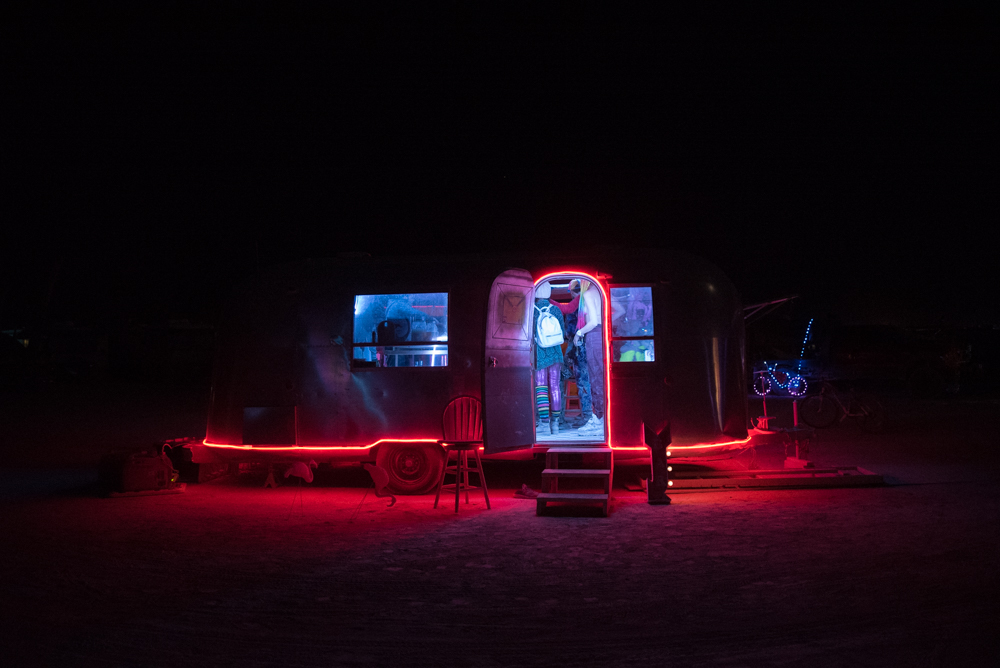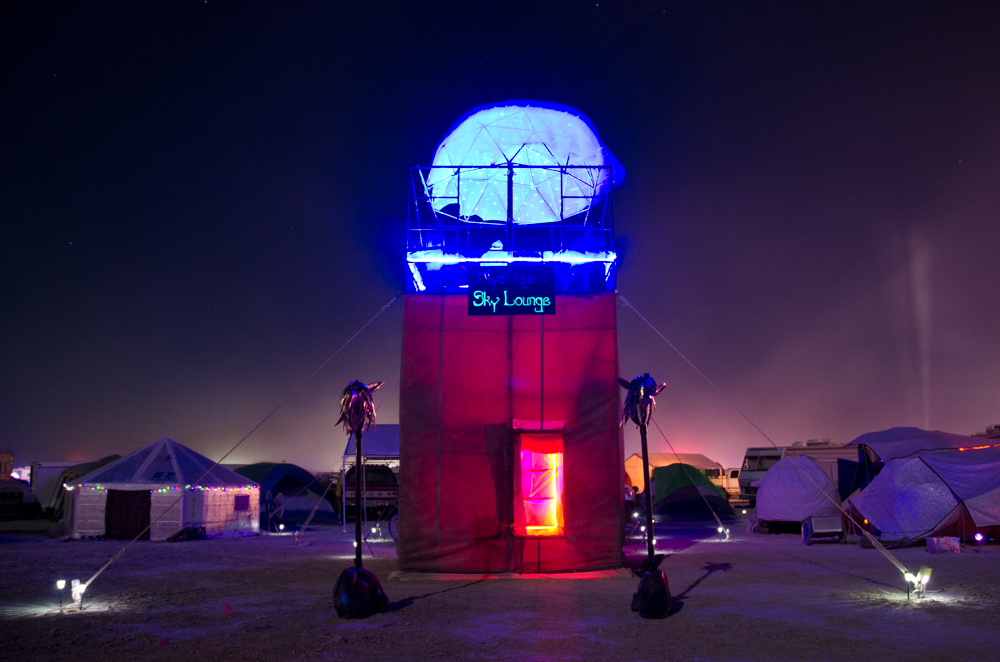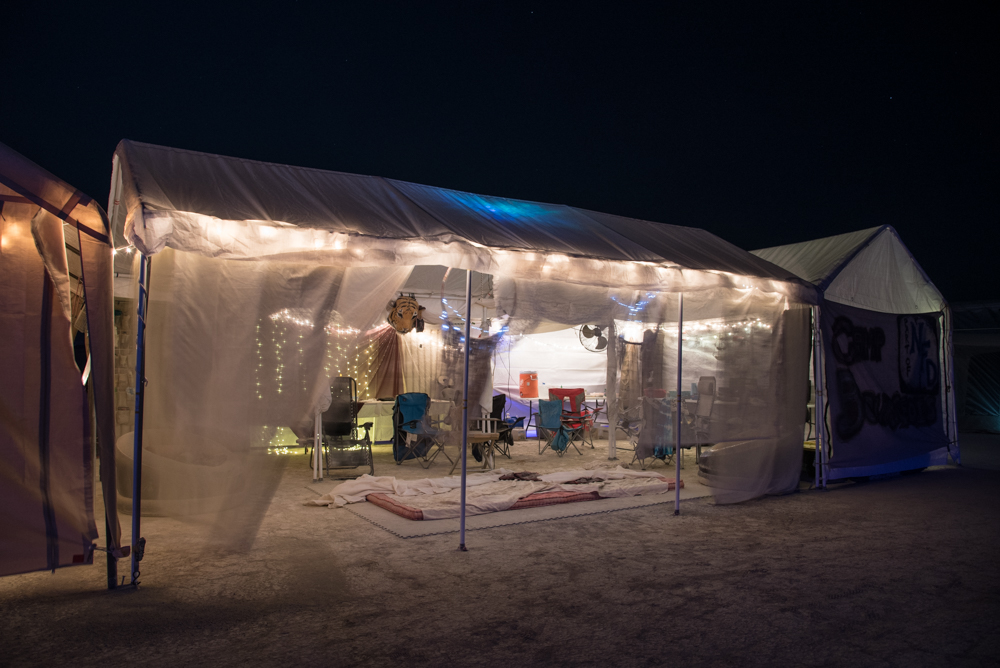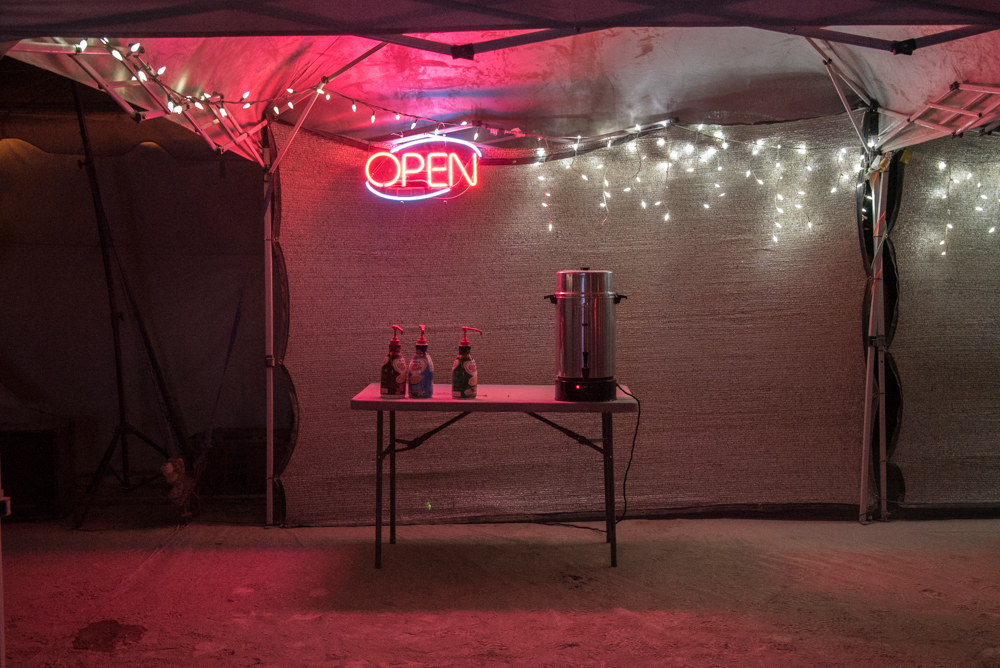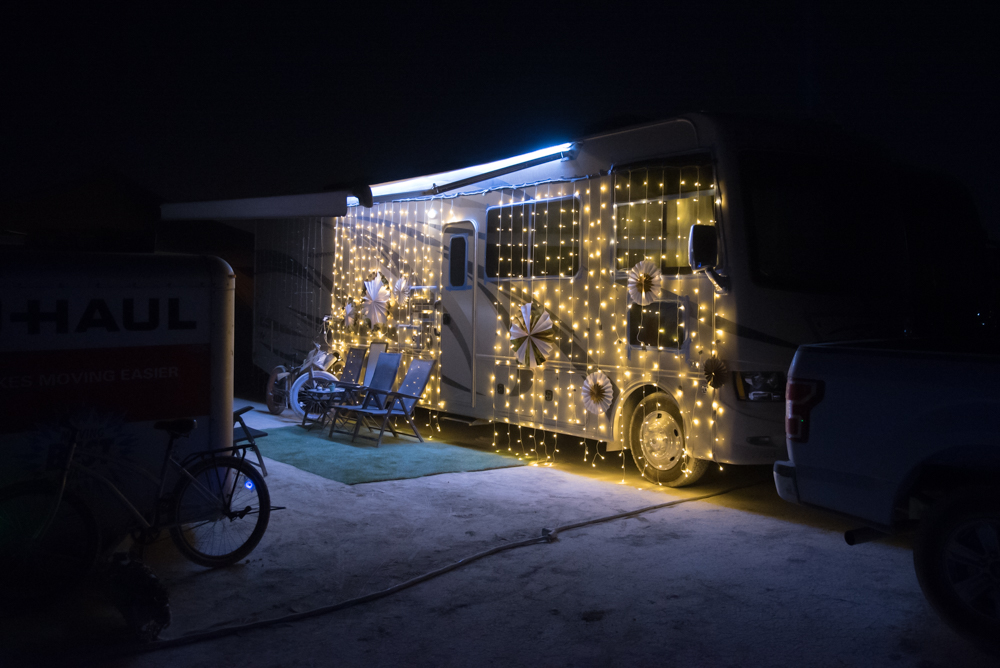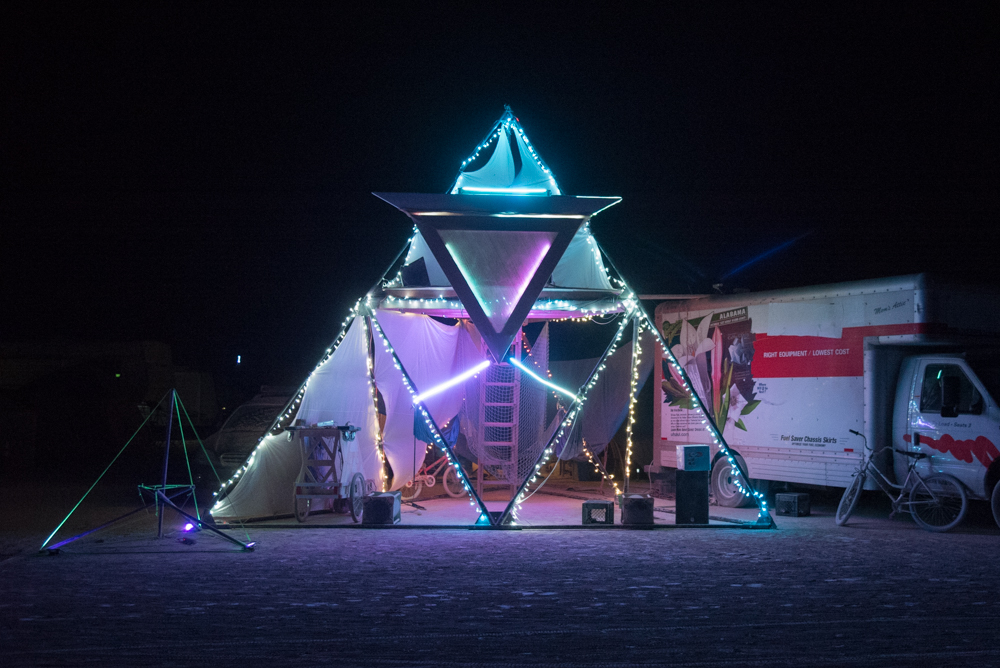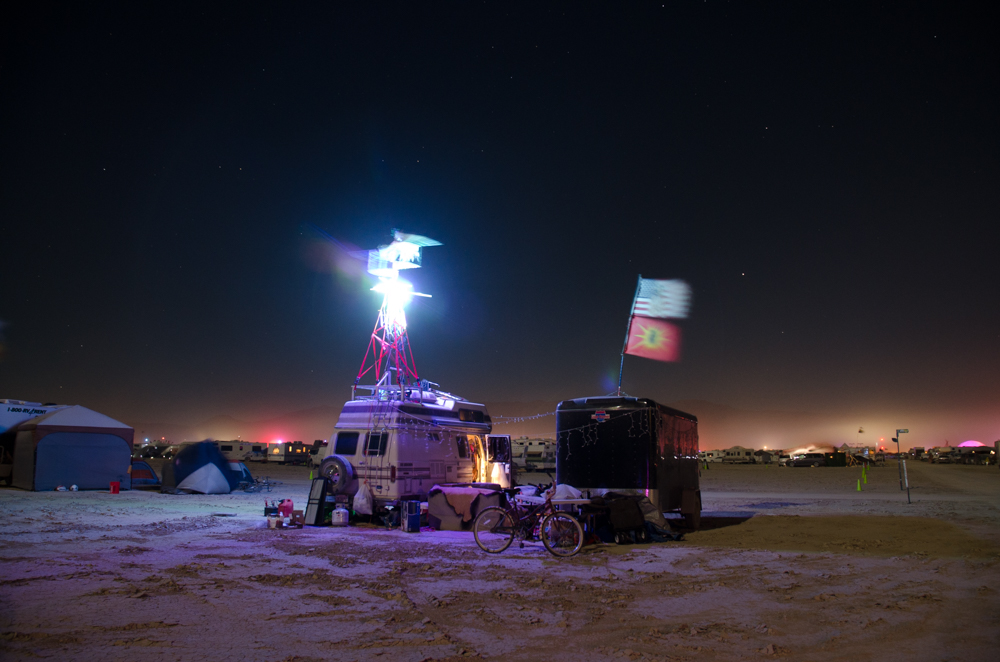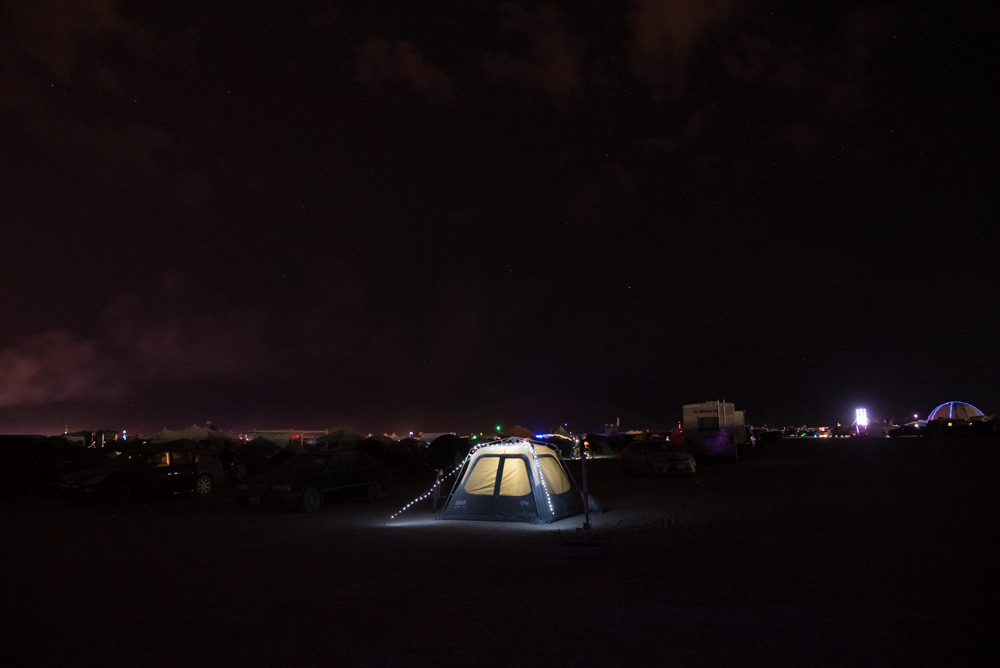Alexander Heilner: Welcome Home
Projects featured this week were selected from our most recent call-for-submissions. I was able to interview each of these artists to gain further insight into the bodies of work they shared. Today, we are looking at the series Welcome Home by Alexander Heilner.
Alexander Heilner is a multi-disciplinary artist who works in photography, video, digital imaging, installation, lighting design, and sculpture. His work has been exhibited, screened, and performed nationally and internationally, from the walls of MoMA to the catacombs of Brooklyn’s Green-Wood Cemetery. In 2012, he won the prestigious Baker Artist Prize and his work was featured at the Baltimore Museum of Art. The same year, Alex’ commissioned digital collages were featured in the new Johns Hopkins Hospital complex, and Baltimore magazine named him the city’s best photographer.
Most of Alex’ photography consists of color landscapes. He is obsessed with the relationship between artificial and natural elements within the environment, and within our culture. His aerial photography has taken him across the U.S. and around the world, looking at the infrastructure and other marks humans paint across the earth’s surface — sometimes unwittingly, but increasingly by design. He has recently been documenting the elaborate campsites that serve as “home” for citizens of Black Rock City, the temporary desert metropolis built each summer for Burning Man. Alex is also working on The New Arctic, a long-term collaborative project to document Arctic communities that are in flux due to climate change.
In addition to his fine art work, Alex works selectively in photojournalism and commercial photography, taking on print and web projects that hold particular interest for him. His work has been featured in National Geographic, Politico, The Guardian, JPG, Details; a myriad of websites including Wired, Ain’t-Bad, Business Insider, and Design Taxi; and he has produced numerous photo essays for public radio’s Marketplace. Nearly 200 of Alex’ photographs are featured in the Encyclopedia of New York City, published in 2010.
Alex earned his B.A. at Princeton University and his M.F.A. from the School of Visual Arts in New York. He has been a Professor of Photography at MICA / The Maryland Institute College of Art since 2003, and served as MICA’s Associate Dean for Design and Media Studies from 2011 to 2018. Previously, Alex taught photography and digital imaging at NYU, as well as film and video production at SVA. He has also served as the director of the photography program at the JCC in Manhattan.
Welcome Home
Every year, more than 70,000 people gather in the Black Rock Desert of northern Nevada for Burning Man, a “counter-cultural” festival of art, music, self-expression, and communal living. A city rises from nowhere, amidst decidedly harsh conditions, to include massive outdoor dance venues, elaborate art installations, and outrageously “mutant” vehicles. These large and public displays of creativity are shared, appreciated, documented, and remembered by participants, and by those who see images from afar.
But traveling the back streets of Black Rock City reveals an extension of this energetic creativity that includes the campsites of many residents. The investment that residents pour into building their homes — homes which will exist for 10 days at most — is no less affecting than the more dramatic public creations. Perhaps more so, knowing that they will only be shared with a few friends and neighbors who stumble by. They are, in many instances, the ultimate act of generosity: a symbolic gesture that calls out to strangers, “Welcome home!”.
Daniel George: What first took you out to Black Rock City?
Alexander Heilner: My first visit was a relatively spontaneous decision, at a time when I was instinctively needing to expand my horizons, personally. I’d heard about Burning Man way back in the early ‘90s, but one morning in April 2004, I literally woke up, decided I should go, bought my ticket, booked flights, and headed to breakfast.
I’ve now visited eight times, but it’s always tricky for me. I’m a Photography Professor at MICA (The Maryland Institute College of Art), and our fall semester always begins the same week as Burning Man. So I fly from the east coast, traveling light (by Burning Man standards) and only stay for 4-5 days. I always sleep in a tent; sometimes completely solo and sometimes adjacent to some friends who attend every year. I am not plugged into a large camp.
DG: You write that your interests in photography revolve around the relationship between natural and artificial elements within the environment. In what ways does this work engage that dialogue?
AH: I’ve long been obsessed with the relationships between the organic and human-constructed elements in the environment, and this is a big part of what draws me to Black Rock City. Building anything in the desert requires some extreme measures to overcome the challenging elements and minimal resources that are naturally available. In other projects, I’ve spent a lot of time looking at how water is used and construction accomplished in places like Las Vegas and Southern California’s Imperial Valley.
Black Rock City is no different, but it’s more extreme. It’s far from any significant infrastructure; it’s subject to insane wind and dust storms; the ground itself is made of an unusual, alkali gypsum powder that quickly infiltrates your tent, your clothing, and your lungs. And yet, every year, 70,000 people decide it’s a good place to build Nevada’s third largest city …and then tear it down again ten days later. It’s this audacity, at this scale, that continues to intrigue me.
“Radical self-reliance” is one of Burning Man’s core principles. Whether you’re like me – bringing little more than food, clothing, shelter, a camera, and a bike – or you’re part of an elaborate community of people building a complex campsite; you’ve got to pack it all in, and pack it all out at the end. This is the defining feature of the city. Every single structure takes sweat and creativity to build and maintain in the harsh climate of the Black Rock Desert. Reinvention is an hourly occurrence. And still, Burners go to astounding lengths to design and build art pieces of transcendent beauty and scale; jaw-dropping “mutant” vehicles; and camps which are comfortable and welcoming to their residents and visitors alike.
DG: What was it about the makeshift residences that urged you to begin this project?
AH: Black Rock City is designed as an enormous open ring — a two-mile diameter donut, with a bite out of one side — in which there is no shortage of amazing and photogenic elements. The art, the vehicles, the clothing (or lack of it), and the iconic man at the center of it, all cry out to be seen and photographed. They are testaments to the incalculable and innovative creativity of the residents.
The central playa is the artistic and spiritual hub (literally), and the Esplinade, or inner ring is the agora, where throngs of people gather for civic and social purposes. But as one moves outward, toward the periphery of Black Rock City, the energy shifts significantly. One finds oneself meandering through a quieter zone that I refer to as the “backroads” of the city. These outer rings are decidedly residential, and if you slow down and pay attention, you begin to realize that this is where the real community and generosity that define the experience of Burning Man are rooted.
It took me several burns to begin to fully appreciate this part of the city, and many people miss it completely. Many of the camps in this area are no less creative than the more ostentatious elements of the central playa. But here they have the personal feel of eccentrically designed homes, whose occupants’ primary concerns are keeping the elements out, while inviting the neighbors in.
I’ve seen tens of thousands of photographs of Burning Man, but this part of the city, and the culture, is almost never the subject. It’s pervasive in the background of participants’ snapshots and selfies with their campmates and new-found friends. But it continues to surprise me that no one else seems interested in making proper portraits of these places! So I’ve been doing it since 2012.
DG: Tell me about your decision to photograph these camps at night. I am very much drawn to the light, but there is also something alluring about how isolated it makes this middle-of-the-desert city feel. Perhaps more so than during the daytime, when geographic landmarks are visible.
AH: I think in part, that’s right. At night, it’s much easier to focus on what’s right in front of you, with less distraction from what might be over there. I’ve done some deep dives into night photography before, so it’s definitely a creative space that I know and love. But mostly, I think it reflects the natural rhythms of being in this city.
Daytime in the Black Rock Desert is typically above 90 degrees, and dust storms are most common in the afternoons. So it’s a time when people keep their camps a little more battened down. During the day, people are more likely to be out exploring the deep playa – the vast empty zone outside the city. As the sun goes down, lights come on, and peoples’ doors open up – metaphorically, of course, since there aren’t actually many doors — and the incessant dust disappears from the frame.
Wandering the backroads at night feels similar to wandering smaller streets and alleys of cities like New York or Tokyo. The joy comes from stumbling across unexpected hidden gems. A small but ingenious glowing sculpture; comfortable reclining chairs left out for passing strangers; a corner bar whose owners offer – in the middle of the desert – to pour you any drink you can name.
DG: I am interested in hearing more about the title of the project. I interpret it as returning to a place where one originates—as if these individuals spend 355 days elsewhere, then return to a more culturally accommodating environment. What sense did you get having spent time on the playa?
AH: “Welcome Home” has several related connotations here. For many Burners, their first burn brings a recognition that they have finally found a place which matches their values. Freedom of expression, creativity, and community twinned with self-reliance are deeply embedded in all that goes on in Black Rock City. And perhaps above all else rises generosity. Money is not allowed at the event so the culture and economy are built entirely around gifting. People are incredibly generous with everything they have, from tools, to food, to time, to wisdom.
For many first timers, the discovery of a place that seems to exist outside traditional societal and capitalist structures is revelatory – they feel at home for the first time in their lives. But it’s also short lived. Eventually, most must exit back to the “default” world, trying hard to carry their best impulses from the desert with them. Returning to Black Rock City in subsequent years can truly mean a return to one’s cultural, aesthetic, or even spiritual sense of home. It’s uncanny that this is found in a remote desert, but when a stranger calls out “Welcome Home” on the playa, there’s rarely any irony in it.
And whether full of people, or quietly unattended, the campsites of Burning Man’s backroads exude this welcoming spirit. They invite passing strangers to pause and stay for a while; to let their guard down; to see what might be possible if they are willing to be present with others, or even just with themselves.
DG: So, this year Burning Man went virtual. At this particular moment in time when we have all been physically disconnected from our communities due to the Covid-19 pandemic, I can’t help but wonder what new significance these photographs may have for you.
AH: Like so many elements of pre-Covid life, Burning Man feels a bit like a utopian dream right now. It’s a place that encourages platonic intimacy with strangers, in the best sense. You enter their homes, and they give you food. You jump on and off crowded art cars on your way to outdoor dance parties packed with people who have recently arrived from all over the world. It’s not uncommon for people to hug new acquaintances in the street. None of these activities is remotely safe right now!
Every time I leave Black Rock City, I wonder if it might be my last time there. It seems so precarious for many reasons. I hope to go back again soon, but I’ve also made peace with the notion that that might never happen. On one level, these photographs are rich with layered ideas about structure and impermanence; light and deep darkness; community and self-awareness. But in another, much simpler way, they act like all photographs. They’re records of something that was there, that was worth paying attention to, and that I want to share with others and remember for myself. So maybe they’re on the precipice of becoming artifacts. If they’re called upon to serve that purpose, I’m okay with that too.
Posts on Lenscratch may not be reproduced without the permission of the Lenscratch staff and the photographer.
Recommended
-
Paccarik Orue: El MuquiDecember 9th, 2025
-
Lauri Gaffin: Moving Still: A Cinematic Life Frame-by-FrameDecember 4th, 2025
-
Dani Tranchesi: Ordinary MiraclesNovember 30th, 2025
-
Art of Documentary Photography: Elliot RossOctober 30th, 2025
-
The Art of Documentary Photography: Carol GuzyOctober 29th, 2025

